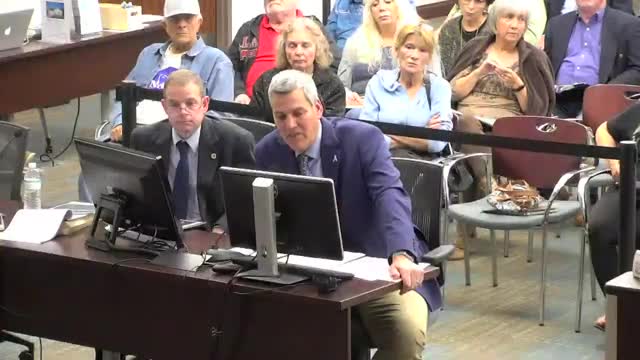City outlines $415M utility plan with bond expansion for wastewater and water projects
March 05, 2025 | Palm Coast City, Flagler County, Florida
Thanks to Republi.us and Family Scribe , all articles about Florida are free for you to enjoy throughout 2025!

This article was created by AI using a video recording of the meeting. It summarizes the key points discussed, but for full details and context, please refer to the video of the full meeting. Link to Full Meeting
Council members expressed concerns regarding the planning and financial implications of the proposed bond, particularly given the city's reliance on long-term loans for infrastructure improvements. Questions were raised about the adequacy of past rate studies and whether they anticipated the current expansion needs. The last comprehensive rate study, conducted in 2018, did not foresee the necessity for a wastewater plant expansion, which has now become critical due to rising construction and operational costs.
The council discussed the importance of planning for future capacity needs, emphasizing that the city should ideally begin preparations when utility systems reach 80% capacity. Current projections indicate that major expansions may not be necessary until 2035, barring unexpected growth. However, the council acknowledged that ongoing maintenance and smaller capacity projects would still require funding.
Several specific projects were outlined, including the construction of a new wastewater treatment facility and upgrades to existing plants to enhance capacity and efficiency. The city plans to utilize impact fees and federal funding to offset some of the costs associated with these projects, potentially reducing the need for extensive bonding.
The meeting concluded with a commitment to revisit the financial strategies and planning processes to ensure that the city can meet its future utility demands without over-reliance on debt. The council aims to present a more comprehensive long-term plan that addresses both current and future infrastructure needs while maintaining fiscal responsibility.
Converted from City Council Business Meeting - March 4, 2025 PT.2 meeting on March 05, 2025
Link to Full Meeting
Comments
View full meeting
This article is based on a recent meeting—watch the full video and explore the complete transcript for deeper insights into the discussion.
View full meeting